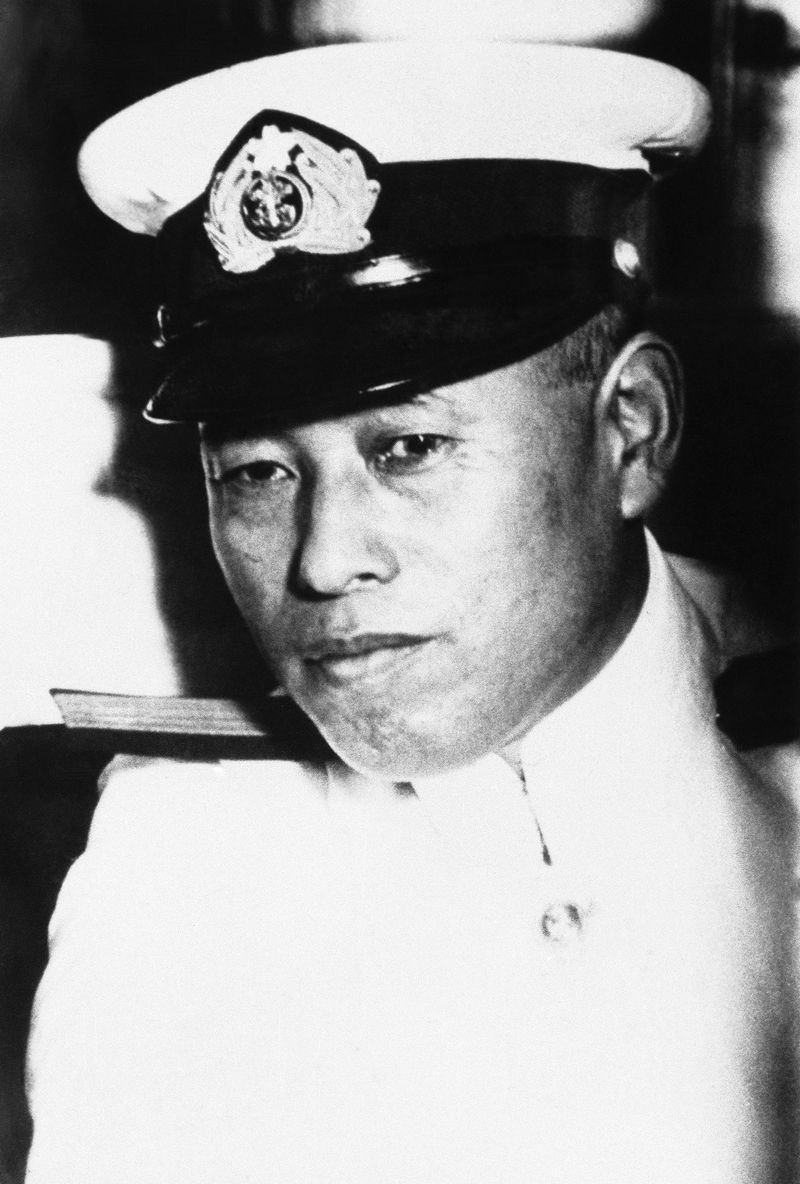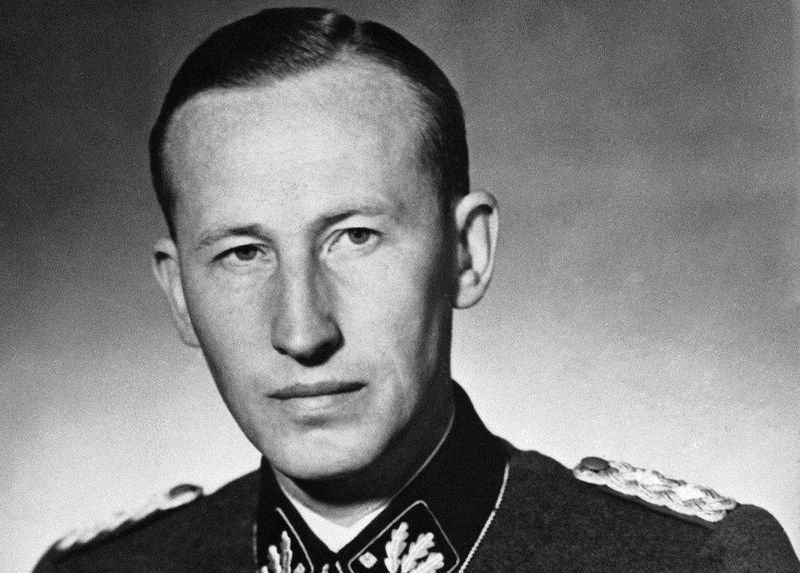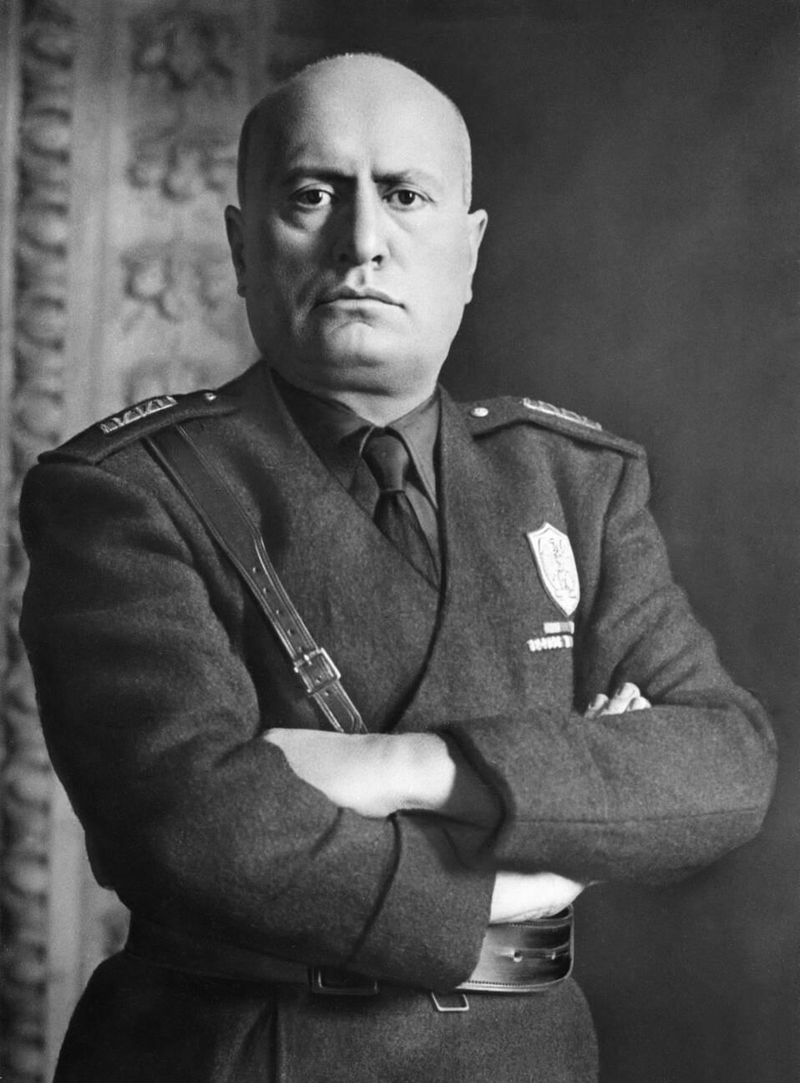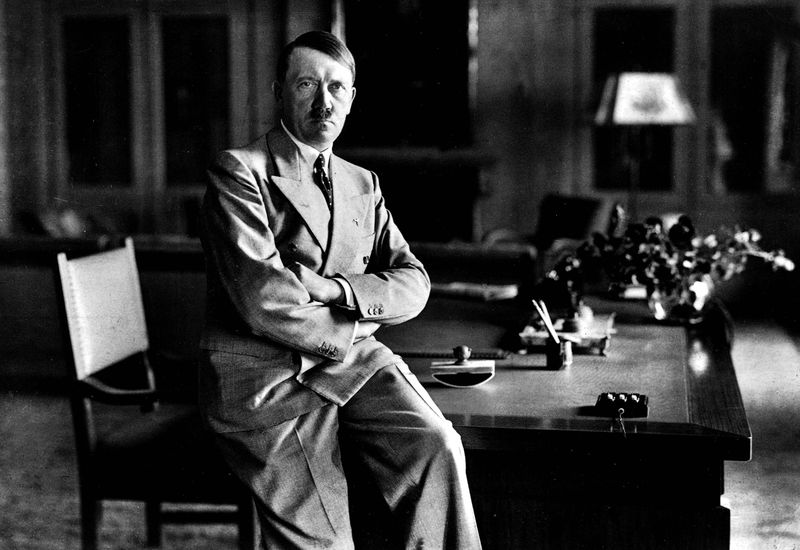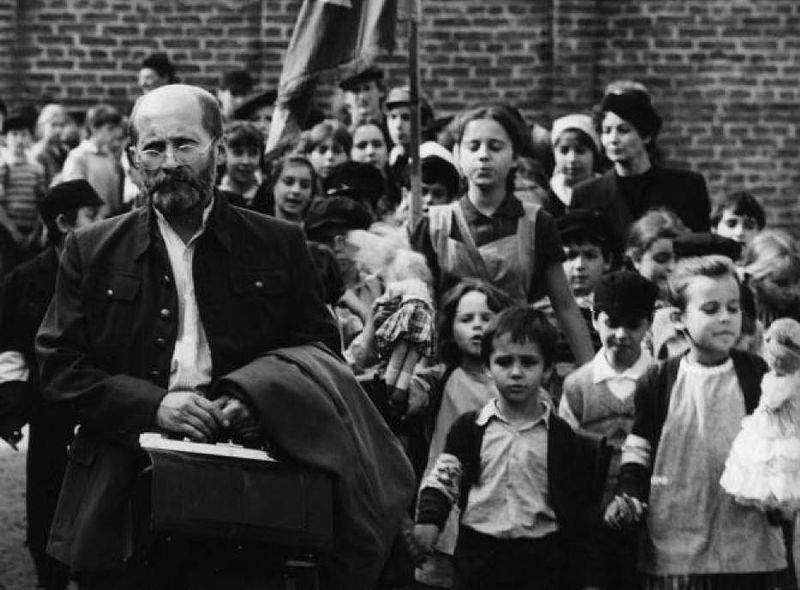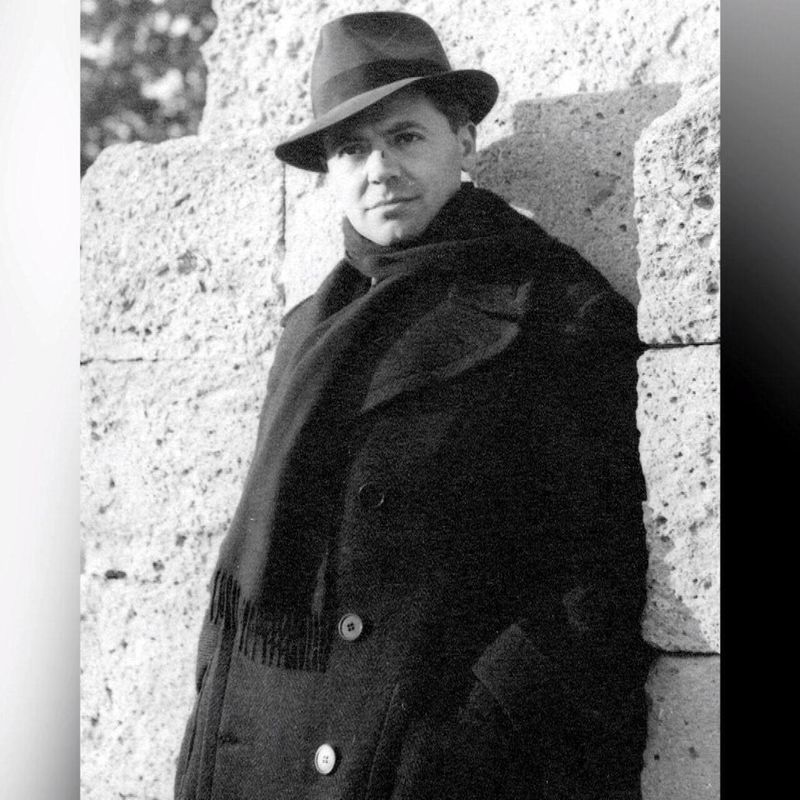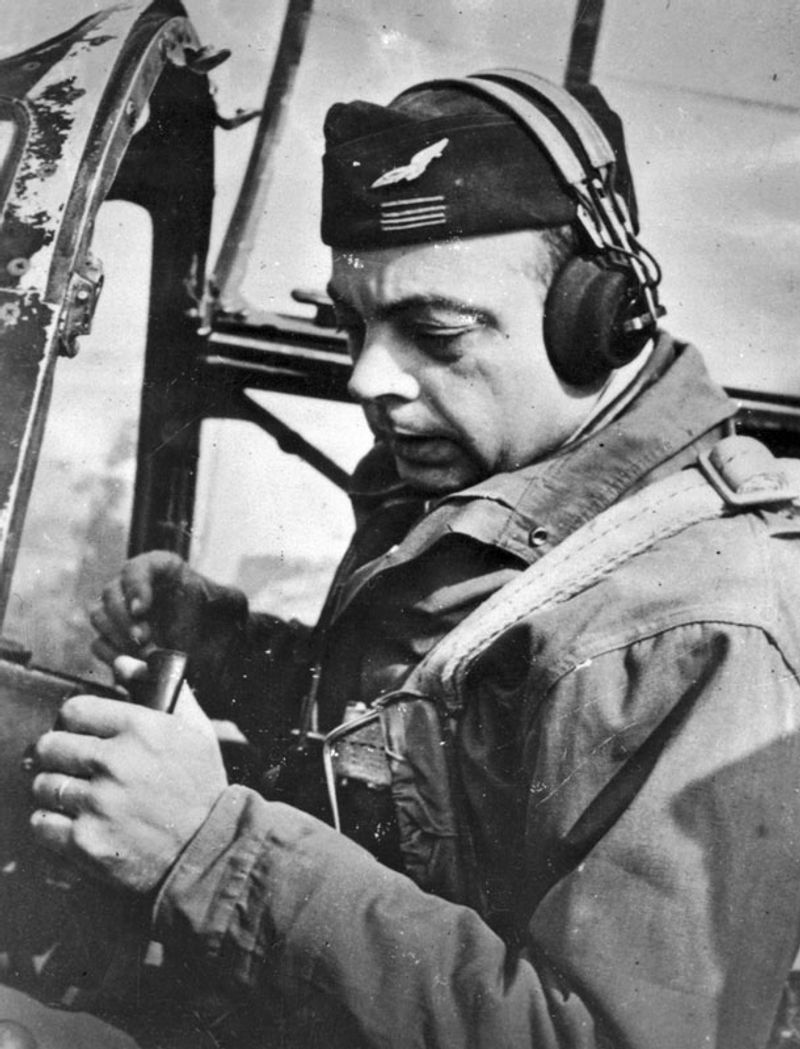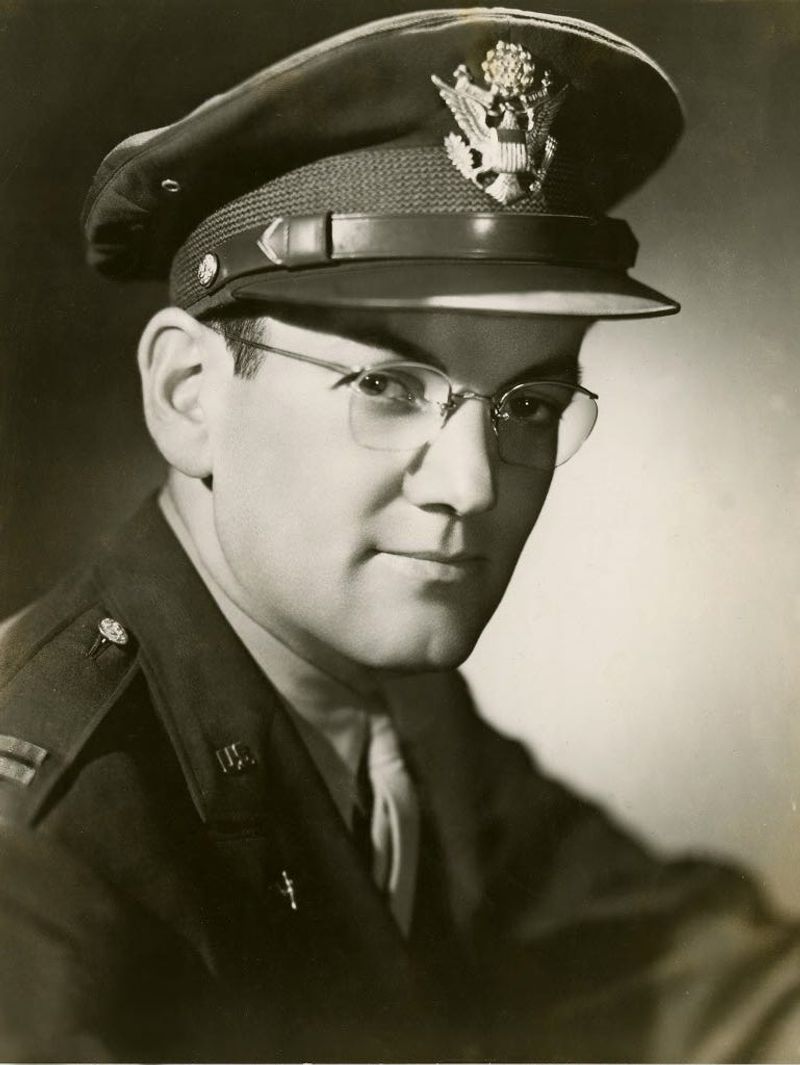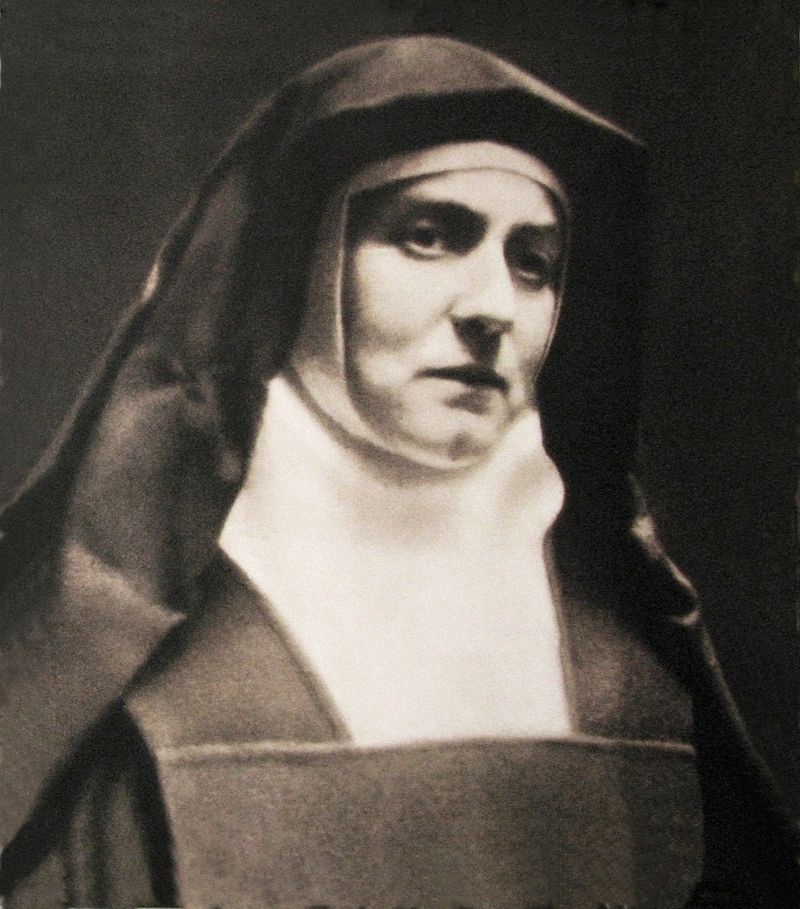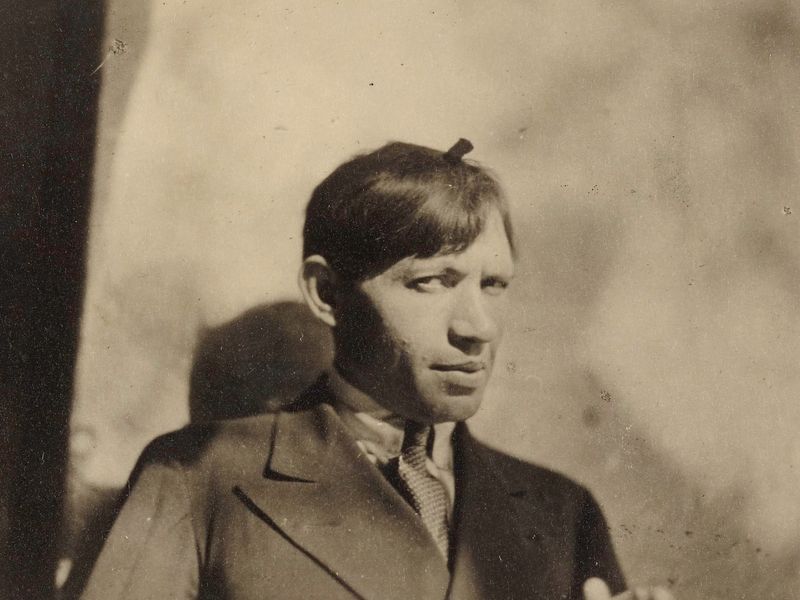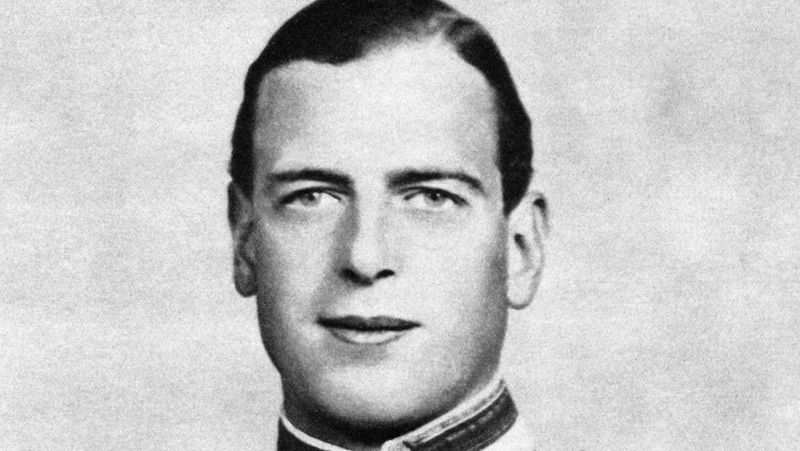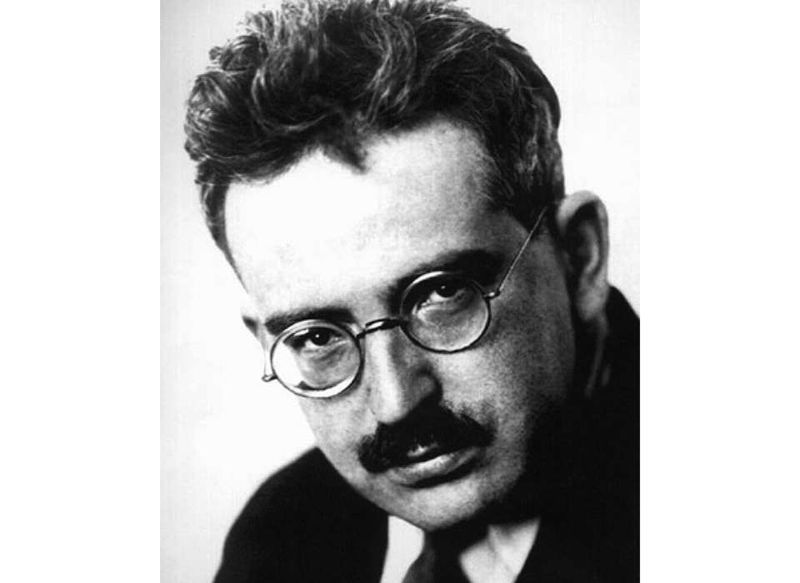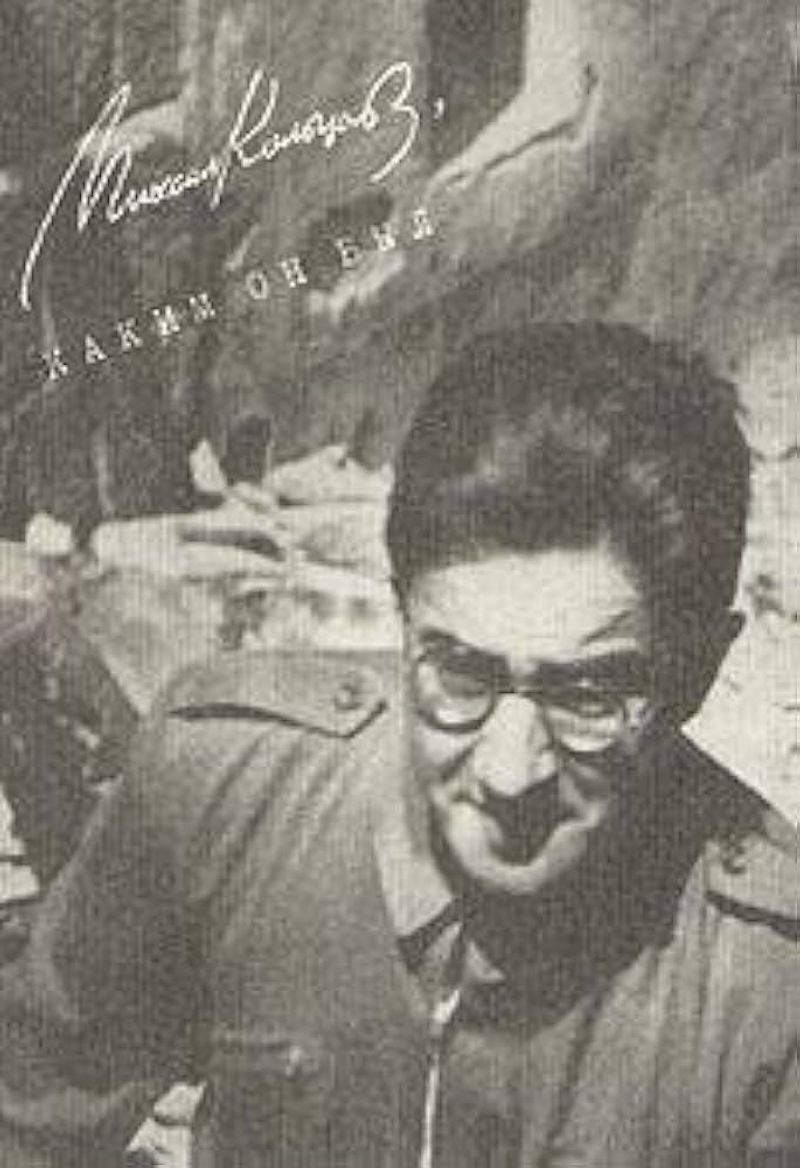World War II claimed millions of lives, but some deaths resonated far beyond the battlefield. From military commanders to artists and activists, these individuals shaped history through their actions and legacies.
Their untimely deaths during this global conflict altered the course of the war and influenced our world today. Here are fifteen remarkable people whose loss during WWII left an unforgettable mark on history.
1. Isoroku Yamamoto – 1943
The mastermind behind Pearl Harbor met his end when American codebreakers intercepted Japanese communications revealing his travel plans. U.S. P-38 Lightning fighters ambushed his transport plane over Bougainville Island on April 18, 1943, killing Japan’s greatest naval strategist.
Yamamoto had cautioned against war with America, famously predicting: “I shall run wild for six months… after that, I have no expectations of success.” His death devastated Japanese morale and military leadership.
Without his tactical genius, Japan’s naval effectiveness declined significantly, accelerating their eventual defeat in the Pacific theater.
2. Reinhard Heydrich – 1942
Nicknamed “The Butcher of Prague,” Heydrich was one of Hitler’s most ruthless lieutenants and a principal architect of the Holocaust. Czech resistance fighters ambushed his car in Operation Anthropoid, mortally wounding him with a modified anti-tank mine.
His death prompted savage Nazi reprisals, including the complete destruction of Lidice village. As acting Reich Protector of Bohemia and Moravia, Heydrich had implemented brutal policies against Czech resistance and Jewish populations.
Had he lived, many historians believe Heydrich would have succeeded Hitler, potentially prolonging Nazi terror even further.
3. Benito Mussolini – 1945
Italy’s fascist dictator faced a humiliating end. Captured by Italian partisans while fleeing toward Switzerland with his mistress Clara Petacci, they were both executed on April 28, 1945, their bodies later hung upside down in Milan’s Piazzale Loreto for public display.
Mussolini’s dramatic fall marked the definitive end of Italian fascism. Once a powerful ally to Hitler who brought Italy into the war, his military failures had already cost him power by 1943 when the Grand Council of Fascism voted to remove him.
His death symbolized the collapse of European fascism and paved the way for Italy’s democratic rebirth.
4. Adolf Hitler – 1945
The Nazi dictator took his own life in his Berlin bunker on April 30, 1945, as Soviet forces closed in on the German capital. Alongside his new bride Eva Braun, Hitler consumed cyanide and shot himself, ordering their bodies burned to prevent capture.
His suicide marked the effective end of the Third Reich. For twelve years, Hitler had led Germany through aggressive expansion, genocide, and ultimately, catastrophic defeat.
His death cleared the path for Germany’s surrender just days later, ending the European theater of WWII and allowing for the eventual rebuilding of a democratic German state from the ashes of Nazism.
5. Janusz Korczak – 1942
When Nazi soldiers came to transport the 200 orphans in his care to Treblinka death camp, Dr. Korczak refused offers to save himself. The beloved Polish-Jewish educator, children’s author, and pediatrician chose to accompany his orphans to their deaths rather than abandon them.
Witnesses described seeing Korczak leading the children in an orderly procession, holding the hands of the youngest ones. His final act embodied his lifelong philosophy that children deserve dignity and respect.
Korczak’s writings on children’s rights influenced the UN Convention on the Rights of the Child, and his self-sacrifice remains one of the Holocaust’s most powerful stories of moral courage.
6. Jean Moulin – 1943
France’s greatest resistance hero united fractured resistance groups against Nazi occupation. Betrayed to the Gestapo, Moulin endured brutal torture without revealing information about resistance networks or members.
As Charles de Gaulle’s personal representative, Moulin had coordinated diverse resistance factions despite their political differences. He died from injuries sustained during interrogation, reportedly while being transported to Germany on a train.
His remarkable courage under torture preserved the French Resistance’s effectiveness. Today, Moulin symbolizes French defiance during occupation, with his remains interred in the Panthéon in Paris alongside France’s greatest national heroes.
7. Antoine de Saint-Exupéry – 1944
The author who gave the world “The Little Prince” vanished during a reconnaissance mission over the Mediterranean on July 31, 1944. Despite being 44 and exempt from combat duty, Saint-Exupéry had insisted on flying dangerous missions for the Free French Air Force.
Before becoming a celebrated writer, he pioneered aviation routes across Africa and South America. His works blend adventure with profound philosophical reflections on human connection and meaning.
The mystery of his disappearance remained unsolved until 2000 when wreckage of his plane was discovered off the coast of Marseille. His poetic vision of seeing “what is essential” with the heart continues to inspire millions worldwide.
8. Glenn Miller – 1944
America’s most popular bandleader disappeared over the English Channel while flying to Paris to arrange performances for troops who had liberated France. His single-engine aircraft departed on a foggy December day and was never seen again.
Miller had disbanded his successful civilian orchestra to join the war effort, forming the Glenn Miller Army Air Force Band to boost military morale. His distinctive sound, featuring a clarinet-led reed section, had defined the swing era with hits like “In the Mood” and “Moonlight Serenade.”
Despite numerous theories about his disappearance, including friendly fire, the exact circumstances remain unknown. His music continues to represent the soundtrack of the Greatest Generation.
9. Paul Klee – 1940
The Swiss-German painter died in exile from Nazi Germany, where his works had been branded “degenerate art” by Hitler’s regime. Suffering from scleroderma, a painful autoimmune disease, Klee continued creating until his final days, producing nearly 500 works in his last year alone.
His distinctive style blended cubism, expressionism, and surrealism with childlike wonder and musical rhythms. As both artist and teacher at the revolutionary Bauhaus school, Klee influenced generations of modern artists.
Though he died early in the war, Klee’s legacy represents the creative freedom the Nazis sought to destroy. His famous quote—”Art does not reproduce the visible; rather, it makes visible”—captures his transformative approach to art.
10. Anne Frank – 1945
The teenage diarist died of typhus in Bergen-Belsen concentration camp just weeks before liberation. Discovered in their Amsterdam hiding place after two years in concealment, Anne and her family were deported to Auschwitz, where her mother and sister perished.
Her father Otto, the family’s sole survivor, published her diary in 1947. “The Diary of a Young Girl” has since been translated into over 70 languages, giving millions a deeply personal window into the Holocaust through a teenager’s eyes.
Anne’s optimistic spirit—famously writing “I still believe people are really good at heart”—despite her circumstances makes her diary particularly powerful as both historical document and coming-of-age narrative.
11. Edith Stein – 1942
Born Jewish, this brilliant philosopher became a Catholic nun before being murdered at Auschwitz for her Jewish heritage. Arrested from her Dutch convent during Nazi reprisals against Catholic clergy of Jewish origin, Stein reportedly faced death with remarkable composure, comforting children on the transport to the death camp.
Before her religious conversion, she had been a pioneering female academic and Edmund Husserl’s research assistant. Her philosophical works explored empathy, phenomenology, and the nature of the human person.
Canonized as Saint Teresa Benedicta of the Cross in 1998, Stein represents both the Jewish victims of the Holocaust and the spiritual resistance to Nazi ideology.
12. Chaim Soutine – 1943
The expressionist painter died while attempting to escape Nazi persecution in France. Suffering from a stomach ulcer requiring surgery, Soutine delayed seeking medical attention for fear of being captured while wearing the yellow star identifying him as Jewish.
Born in a Jewish shtetl in present-day Belarus, Soutine had found artistic success in Paris’s vibrant pre-war art scene. His intense, distorted paintings of landscapes, people, and especially his famous bloody beef carcasses influenced modern art movements with their raw emotional power.
When he finally reached a hospital, it was too late. Soutine’s death exemplifies how Nazi persecution cut short countless creative lives, diminishing our cultural inheritance.
13. Prince George, Duke of Kent – 1942
The handsome royal brother of King George VI became the first British royal to die on active military service in centuries. His flying boat crashed into a Scottish mountainside during a mysterious wartime mission, killing all but one aboard.
As the fourth son of King George V, Prince George had been known for his glamorous pre-war lifestyle and rumored affairs with both men and women. During the war, he served in the Royal Air Force and represented Britain on diplomatic missions.
Official explanations for his flight’s purpose remain vague, fueling decades of conspiracy theories. His death left his son, the current Duke of Kent, fatherless at just seven years old.
14. Walter Benjamin – 1940
The German-Jewish philosopher and cultural critic took his own life at the French-Spanish border after being told his refugee group would be returned to Nazi-controlled France. Having fled Paris as German forces advanced, Benjamin carried a manuscript considered by many to be his most important work.
That manuscript has never been found. A brilliant, unconventional thinker, Benjamin wrote on subjects ranging from literature and art to history and politics, developing influential concepts about mechanical reproduction of art and historical materialism.
One day after his suicide, the rest of his refugee group was allowed to continue to Portugal. His tragic death symbolizes the intellectual devastation caused by fascism’s rise in Europe.
15. Mikhail Koltsov – 1940
Stalin’s favorite journalist returned from covering the Spanish Civil War only to face execution during the Soviet purges. As Pravda’s star correspondent, Koltsov had reported from the frontlines of major world events, gaining international fame and unprecedented access to Western leaders.
Ernest Hemingway immortalized him as Karkov in “For Whom the Bell Tolls,” capturing Koltsov’s intelligence and charisma. Despite his loyalty to the Communist cause, Koltsov fell victim to Stalin’s paranoia about foreign-connected intellectuals.
Arrested in 1938, he disappeared into the Gulag system before being secretly executed. His death highlights how WWII-era totalitarianism devoured not only its enemies but often its most talented supporters.

